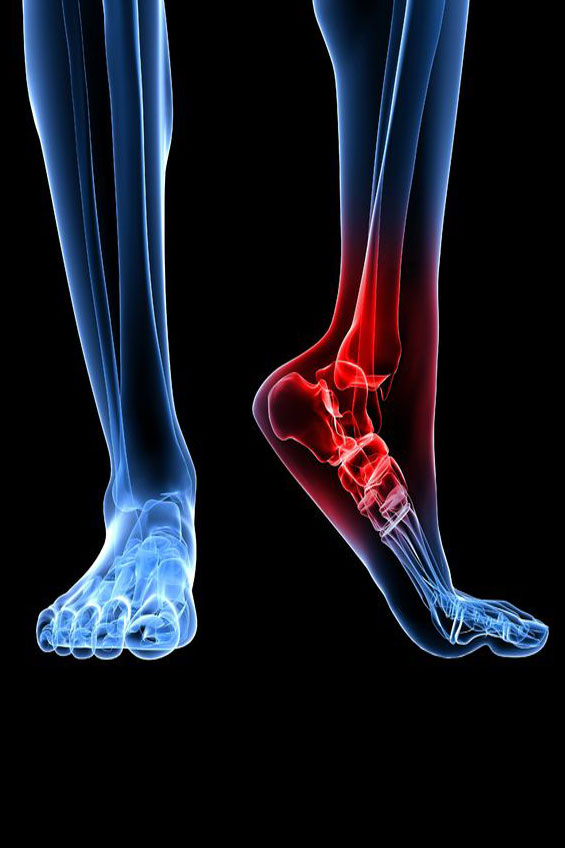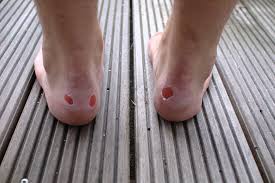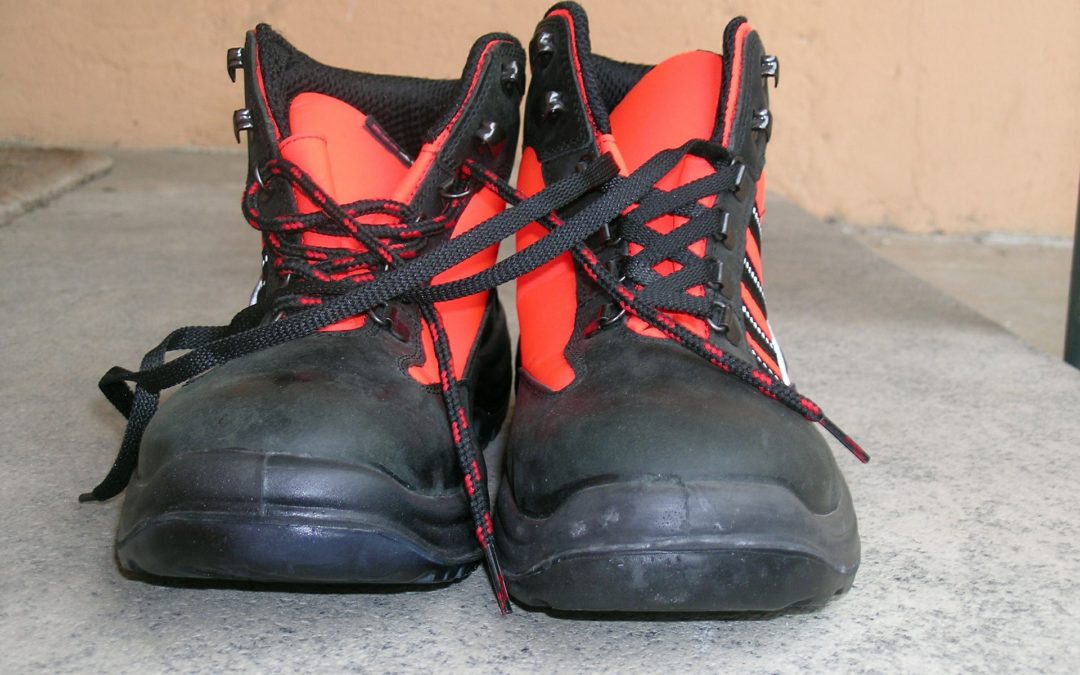It still amazes me how people can operate at high physical levels at the workplace while wearing safety footwear. That’s why I explain to my clients that have to wear safety footwear that they are playing an endurance sport. People working in
construction, renovations, warehouses, police, firefighters and even the military have to be able to do complex compound movements such as lifting, climbing, carrying, walking and running while wearing stiff and heavy footwear. That’s why,
on ‘paper’, these ‘athletes’ are quite super!
You see, if you see yourself like an athlete like the Australian Open 2017 tennis champion Mr Roger Federer then you would realise that he has to always be at peak performance so he can compete at all tournaments, including the heavy duty
Grand Slams. This would mean that Federer has to complete strengthening and endurance training with his coaches (keep in mind, he doesn’t wear safety shoes when he does this!) and then he has to undergo rehabilitation to ensure that his muscles stay strong, flexible and resilient so that he can perform at peak levels at the age of 35!

Why shouldn’t you treat yourself like Mr Federer? Both of you have to perform atpeak performances so that you can conduct your occupations! For this, we must understand the “Precious Mentality”
THE PRECIOUS MENTALITY
I’ve written an article about the Precious Mentality previously and the basis of my concept is that you must treat yourself as precious. Because you are important. You are important to your family, families and your community. To ensure that you are
always there for your loved ones.
Imagine you owned an expensive commodity such as a Ferrari, would you take care and nurture it? Of course you would! But why don’t we do this for your health? Why is it always listed as last on your ‘Precious’ list? I do understand that our lives can get hectic and our priorities are in other things. I’ve outlined 5 reasons you may have for not having The Precious Mentality, you can read more here : http://triumphinstitute.com.au/precious-mentality-2/ .
THE 3 MOST COMMON FOOT PROBLEMS FOR SAFETY SHOE WEARERS
My specialty is Occupational-focused Podiatry. This means that I have a passion for ensuring safe workplace practices for employees so that they remain as injury-free as possible during their working career and when they retired. I understand the rigours of their work and I can sympathise with the management and owners of a company in that they need to reduce costs as much as possible. Ultimately, it is up to the company’s management team to decide on health programs. However, there are signs and symptoms that you need to look for to limit and minimise severity! I present to you my 3 most common safety footwear-related foot problems.
1.HEEL PAIN
One of the most common foot problems, heel pain can be annoying and debilitating. Heel pain can also present with arch and achilles/calf muscle pain and soreness and pain is often felt after getting out of bed or getting out of a chair, basically from resting to starting to walk.
SIGNS & SYMPTOMS: pain around the heel and foot arches experienced at the start of walking but can extend to anytime of the day.
THERAPY: usually involves footwear audit/assessment/modification, foot posture correction and muscle maintenance.

2.INGROWN TOENAILS
Ingrown toenails can get so painful that you may unable to walk properly due to the pressure of your body-weight bearing on your ingrown toenails. Unfortunately, ingrown toenails are often left too long untreated and this can cause a pain increase from the development of inflammation and infection.
SIGNS & SYMPTOMS: pain, swelling, redness, heat and pus can appear around painful ingrown toenail site. You’ve left it too long when you experience toenail pain when the quilt/blanket/bed-sheets touch your toe.
THERAPY: see a Podiatrist FAST as removal of the ingrowning nail is paramount to reducing risks of infection! If there is bleeding or any fluids coming out of the toe then please apply a sterile bandage and apply antiseptic (e.g. betadine) to maintain the status of the area.

3.BLISTERS
Blistering while in safety footwear occurs when there is excessive pressure on the skin from the materials of the shoe. Blisters are sacks of fluid that develop as a way for your body to reduce risk of injury on a high pressure site. Initially, blisters can appear with clear fluid/serum but if left for too long or if the pressure is excessive and prolonged then blood blisters can occur. Blood blisters can hurt. Similar too a bruise but much more tender. This means you’ve ignored the ‘Precious Mentality’ concept.
SIGNS & SYMPTOMS: nagging sharp, aching pressure on your foot – usually toes or back of the heel. A bubble-like mass appears on pressure site – can be of clear fluid or be of blood.
THERAPY: see a Podiatrist! Draining of blisters and then applying off-loading techniques and wound management is crucial. Footwear modification or replacing footwear is important.

There you have it. The above three mentioned foot problems are the ones I see most common with people who wear safety footwear. Sadly, most people will simply ignore their foot pain believing that it will just disappear if they leave it for a few days. However, I encourage you to be PROACTIVE! If you experience foot pain, get it checked by a Podiatrist who is a Foot Specialist.
Embrace the Precious Mentality. Understand that you are playing an endurance sport and require care to ensure you are always performing at peak performance.
WALK SMARTER NOT HARDER!

Grant Duong, Podiatry
At the Triumph Institute located in the heart of Bankstown, Sydney we also practice podiatry. It’s a medical field that specialises in the prevention, diagnosis, treatment and rehabilitation of problems and issues that affect the lower limbs, from the lower back right down to our feet.


